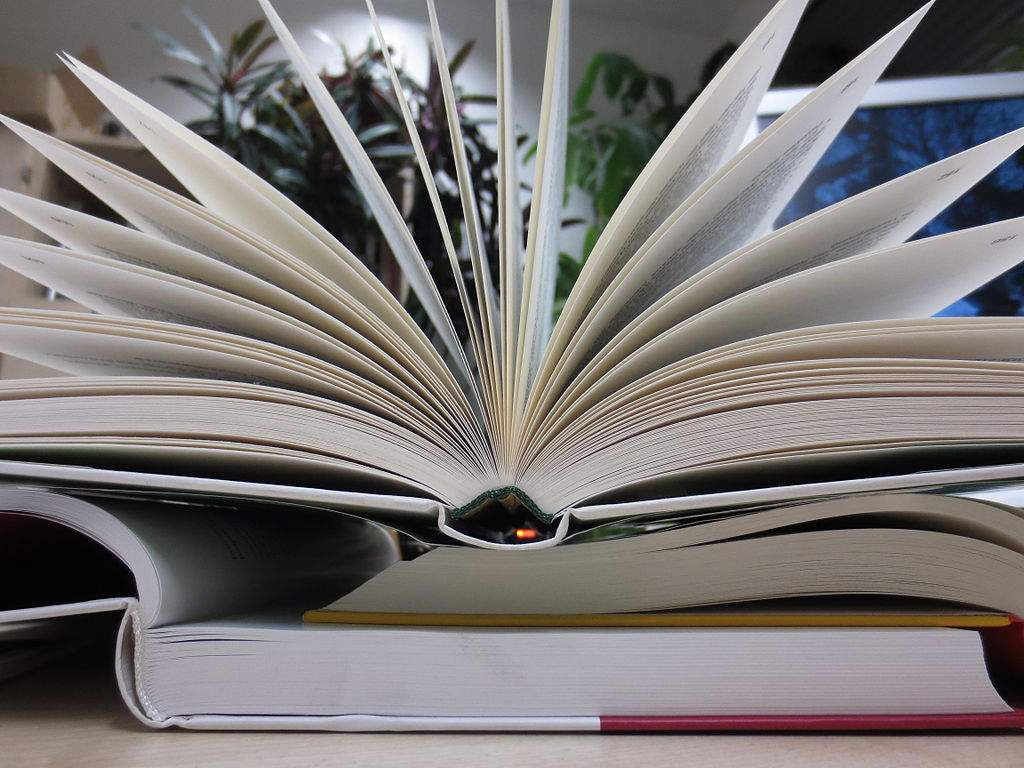Readership increases in Italy, but only 4 in 10 read at least one book a year. And women read far more than men
The number of readers in Italy increases slightly. As usual, at the end of the year theNationalInstitute ofStatistics(Istat) published data on the reading habits of Italians: the numbers are always rather discouraging, but in 2017 (the year covered by the latest surveys) there were slight increases compared to 2016, one of the worst years since the statistics on readers were introduced. In 2016, in fact, only 40.5 percent of Italians said they read at least one book a year (worse results only in 1999 and 2000, when the percentages were 38.3 percent and 38.6 percent): for 2017, the data showed a slight rise, stopping at 41 percent.
The region where people read the most is Trentino-Alto Adige, with 53.1 percent of inhabitants reading at least one book a year (although the figure is down from 2016, when 53.4 percent were readers), while the region with the fewest readers is Sicily (just 25.8 percent, the same percentage as in 2016). In general, far fewer people read in the South than in the North: there are 30.4 percent readers in the South (up from 28.5 percent in 2017), compared to 48 percent in the Northwest, 49 percent in the Northeast, and 44.5 percent in the Center. Also on the “podium” of regions with the highest number of readers are Friuli Venezia Giulia (50.6 percent), which takes second place, and Liguria, which with 49.1 percent reaches third place in the ranking. The worst regions, after Sicily, are Calabria (26.1 percent) and Campania (27.5 percent). The sharpest year-on-year improvement is in Tuscany (from 44.1 percent to 46.4 percent), while the worst decline is in Friuli Venezia Giulia (from 54.3 percent to 50.6 percent). This is the complete list of regions: Trentino-Alto Adige 53.1 percent; Friuli Venezia Giulia 50.6 percent; Liguria 49.1 percent; Lombardy 48.6 percent; Veneto 48.4 percent; Emilia Romagna 48.3 percent; Valle d’Aosta 48 percent; Tuscany 46.4 percent; Piedmont 46.2 percent; Latium 44.5 percent; Sardinia 44.5 percent; Marche 41.8 percent; Umbria 41.1 percent; Abruzzo 35.2 percent; Molise 33.3 percent; Basilicata 30.8 percent; Apulia 27.6 percent; Campania 27.5 percent; Calabria 26.1 percent; and Sicily 25.8 percent.
As far as age groups are concerned, children and young people are confirmed as the most passionate about reading: 48 percent of 11- to 14-year-olds read at least one book a year, and the same is true for 47.2 percent of those between 6 and 10 years old, and 42 percent of 15- to 17-year-olds. Those who read the least are those over 75: readers are 24 percent of the population (immediately followed by the 65-74 age group, with 31.8 percent, and readers between 55 and 59, 32.5 percent). Females read significantly more than males: a national average of 47.1 percent versus 34.5 percent for men. By far, the strongest readers are 18- and 19-year-old girls: as many as 70.2% of young women of this age have read at least one book a year (compared with 36.5% of male peers), followed by those between 15 and 17 at 68.8% (male peers stop at 42%). There is no age group in which male readers outnumber female readers.
There are also few strong readers, that is, those who read at least one book a month: the national average is 13.4 percent (calculated, however, on 41 percent of readers). The strongest readers are, again, in Trentino-Alto Adige (18.4 percent), and even in this ranking Sicily ranks last (7 percent). Readers are mostly concentrated in large cities: 42.7 percent are located in urban centers with more than 50,000 inhabitants, compared to 37 percent of those living in municipalities with less than 2,000 inhabitants, 38.3 percent of citizens there between 2 and 10,000 inhabitants, and 37.8 percent of those living in cities between 10 and 50,000 inhabitants.
The last figure concerns book ownership: 57 percent of Italian households own fewer than 50 books (and 10.8 percent even do not own a single one, while 14.5 percent have at most 10 books in their homes). Only 6.5% of Italian households have more than 400 books in their homes.
 |
| Readership increases in Italy, but only 4 in 10 read at least one book a year. And women read far more than men |
Warning: the translation into English of the original Italian article was created using automatic tools. We undertake to review all articles, but we do not guarantee the total absence of inaccuracies in the translation due to the program. You can find the original by clicking on the ITA button. If you find any mistake,please contact us.



























